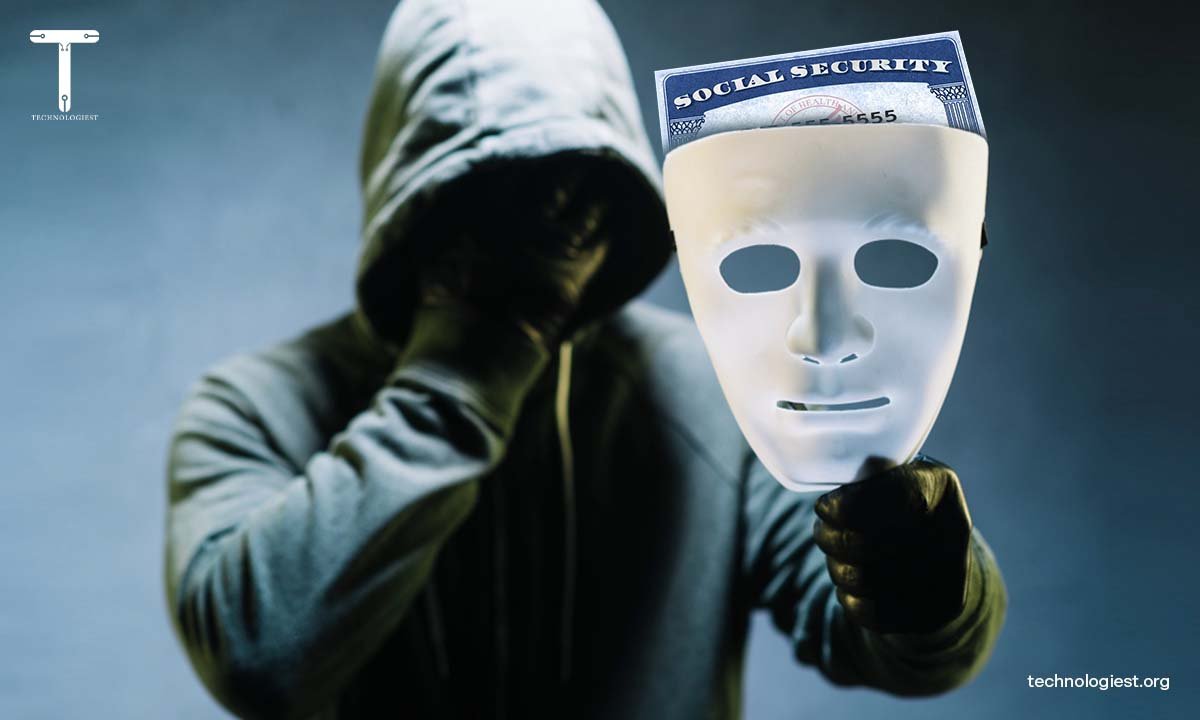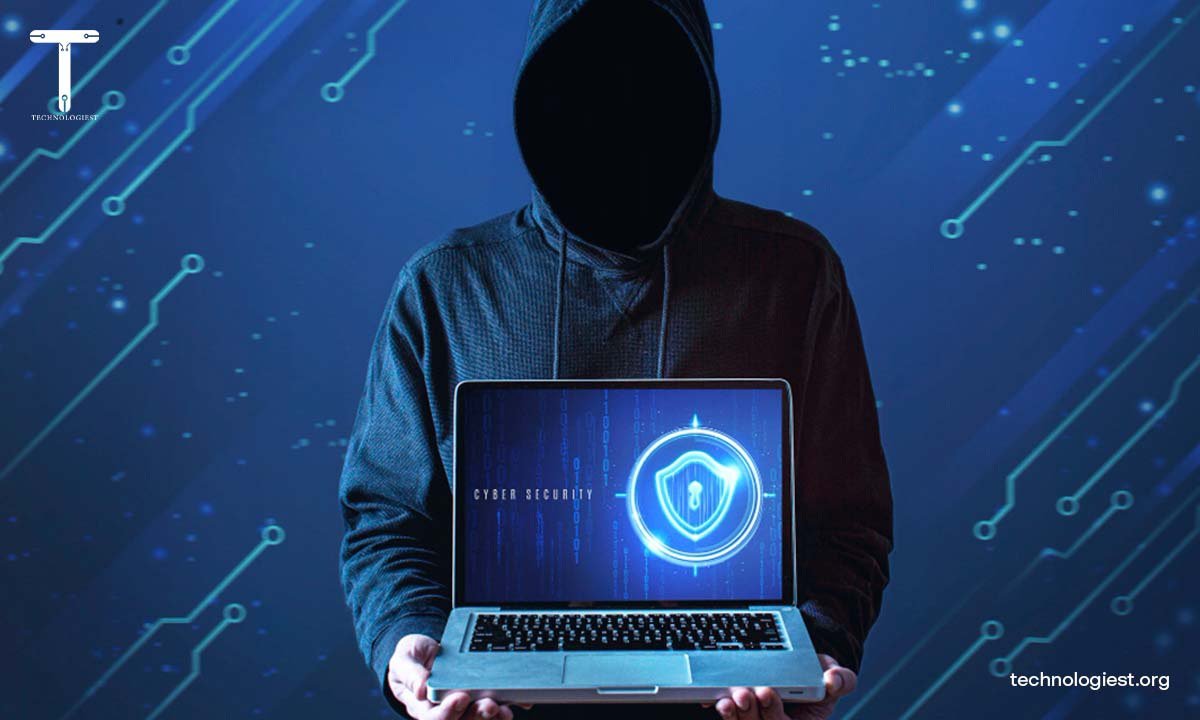
In an era of widespread data sharing and digital connectivity, the privacy of personal information is in danger. Social security identity theft sticks out in this context as a horrifying illustration of the destructive power of cybercrime. This kind of identity theft attacks people’s financial security and privacy, causing devastation in its wake, and goes well beyond simply being annoying. Analyzing this evil act’s intricacies reveals a complicated network of weaknesses, emphasizing the necessity of preventative actions to mitigate its detrimental impacts. By illuminating the underlying dangers of identity theft, this essay seeks to arm readers with the knowledge they need to strengthen their defenses against the persistent threat of how can social security identity theft occur.
Table of Contents
ToggleWhat is Social Security Identity Theft?

Before delving into the details of how social security identity theft occur, it is important to understand the fundamentals of the crime.
Social Security identity theft is the unauthorized acquisition and fraudulent use of another person’s social security number (SSN).
The victim of this fraud might face several consequences from the loss, including protracted legal proceedings, damaged credit, and bankruptcy.
How Could The Theft of Social Security Identity Happen?

Cyberattacks and Data Breach: In the digital age, data breaches are a constant source of worry.
Hackers often get access to databases that secure sensitive information, such as Social Security numbers, and are kept up to date by reputable companies.
Identity thieves can utilize this stolen data to carry out other fraud schemes.
Phishing Scams: Phishing is still a common method identity thieves use to get personal information.
Suspicious people could get emails or texts purporting to be from trustworthy sources, forcing them to reveal private information—like SSNs—under false pretenses.
Insider Threats: Unfortunately, there are situations where social security identity theft originates from within the organizations.
The privacy of numerous people may be jeopardized if disgruntled workers or those with access to private information use their rights for evil.
Lost or Stolen Documents: Social Security cards and birth certificates are common targets for identity theft by unscrupulous individuals.
The situation can become unstable if these documents are lost or stolen since thieves can use them to pretend to be legitimate proprietors.
A Horrible Discovery: Someone Stole My Birth Certificate and Social Security Card

It is possible for victims of identity theft to misplace vital documents like social security cards and birth certificates, which may be a dreadful experience with potentially dire repercussions.
Victims of ‘someone stole my birth certificate and social security card’ experience far-reaching consequences in their lives that go well beyond the acute loss of material belongings.
Identity Assumption: Equipped with stolen social security numbers and birth certificates, identity thieves carry out a horrific mission of assumption, skillfully taking on the identities of their victims.
With the use of these stolen credentials, which form the basis of an intricate network of deceit, thieves may adopt phony identities and carry out fraudulent actions on behalf of their unsuspecting victims.
Financial Exploitation: Birth certificates and social security cards are easily stolen, giving nefarious individuals a powerful toolkit for financial abuse.
Identity thieves may use these stolen credentials to apply for credit cards, create false bank accounts, or start unlawful activities, all of which might have a catastrophic effect on the financial stability of their victims.
Furthermore, the lack of appropriate measures to prevent this kind of exploitation can worsen the financial consequences that follow, increasing losses and making recovery more difficult.
Legal Implications: Identity theft victims may experience additional distress as a result of a series of legal entanglements that might arise from the theft of important papers.
Victims are thrown into a complicated and unclear legal maze that requires them to navigate bureaucratic mazes and contest bogus accusations.
Furthermore, victims bear the whole weight of proof, having to provide evidence of identity theft in the face of intense scrutiny and suspicion.
Identity Theft Risks: Analyzing The Repercussions

The consequences of social security identity theft extend well beyond monetary losses; they leave victims with lasting troubles and a dark cloud over their lives.
Financial ruin: As a result of identity theft, victims may find their savings accounts empty and their fictitious debts inflated.
It takes a long time to resolve these differences, often including protracted court battles and significant personal hardship.
Damaged Credit Scores: For years to come, those who have been victims of identity theft may find it difficult to get loans, mortgages, or credit lines.
Restoring one’s credit record after identity theft is a challenging task fraught with difficulties.
Emotional Toll: Identity theft victims endure severe emotional pain in addition to the financial consequences.
An ongoing sense of vulnerability, as well as anxiety and depression, can be brought on by the invasion of privacy and the resulting powerlessness.
Legal Maze: Managing instances involving social security identity theft frequently requires navigating a complex legal system full of practical difficulties and procedural hazards.
It is possible for victims to find themselves entangled in a drawn-out legal process and to have to invest a significant amount of time and resources in seeking compensation.
Preventive Measures: Safeguarding Your Social Security Number

Despite the overwhelming nature of social security identity theft, adopting proactive measures can reduce the risk of being a victim and fortify one’s defenses against malicious persons.
Alert Observation: Monitoring bank accounts, credit reports, and internet accounts on a regular basis can operate as an early warning system for any questionable activity that may indicate identity theft.
Shredded Personal Documents: By destroying old ID cards, bank statements, and tax returns, you may be able to stop identity thieves from going through the trash looking for victims.
Use Caution When Sharing Personal Information Online: Be cautious when disclosing personal information online, and be on the lookout for unsolicited requests for private information, especially through social media or email.
Keeping Records in Hard Copy: Vital records, such as social security cards and birth certificates, should be stored in a secure location, such as a safety deposit box or guarded safe.
Hiring Identity Theft Protection Services: You should think about hiring the services of reliable identity theft protection providers if you suspect that someone has stolen your identity.
These companies provide proactive supervision and support in the event that someone steals your identity.
Related Content: Identity Security: Securing Your Identity Online With a Modern Approach
Conclusion
Social security identity theft is a widespread problem in a society where individuals are more connected to one another online. As a result, the sufferers can experience severe consequences.
People may protect their sensitive information and reduce their risk of becoming identity theft victims by learning the mechanisms that give rise to the dangers of identity theft and implementing robust preventative actions.
Proactive monitoring, prudence, and vigilance are crucial in the ongoing fight against how can social security identity theft occur.
You May Like Also:
6 thoughts on “How Can Social Security Identity Theft Occur: Prevention Tips”